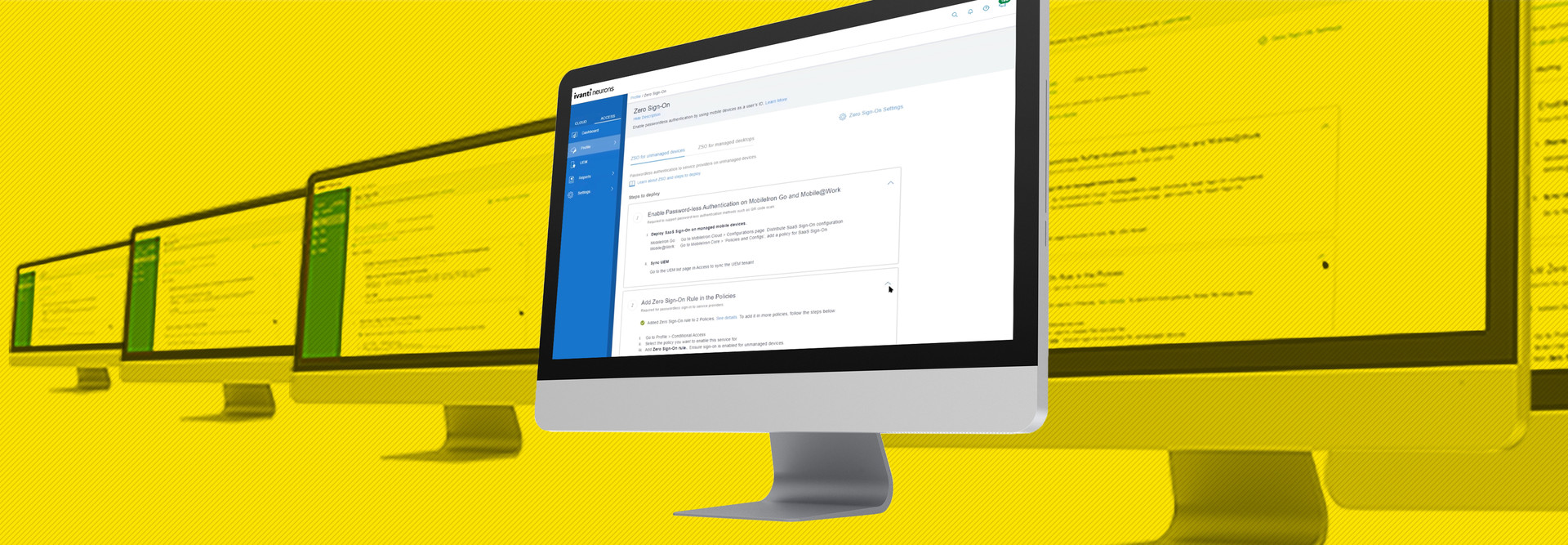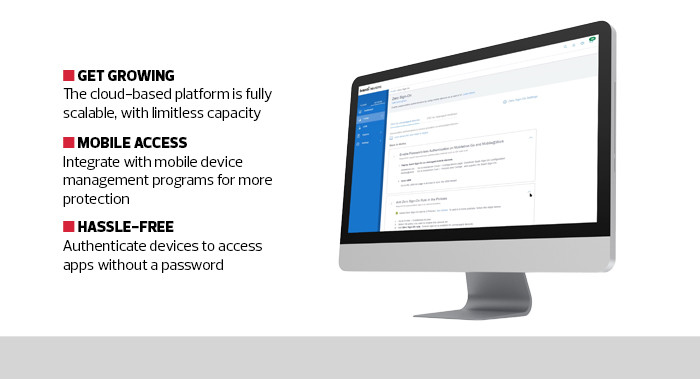The creation of the first computer password is generally attributed to an MIT professor back in 1961, but the use of words or phrases as a means of access dates back much further in history. Ancient Roman soldiers guarding city gates at night are said to have used “watchwords” to challenge fellow soldiers approaching at night who wanted to enter the city. If they didn’t know the current watchword, the gates remained closed until morning.
Using passwords to restrict access makes sense in many cases. However, Roman soldiers and MIT scholars in the 1960s likely did not need to memorize more than a single password at a given time. Today, almost every program, application, device, service and system has one, which means that typical users may require 50 passwords or more.
It’s no wonder that many people resort to using simple words they can remember or even the same password for multiple accounts, both of which are strongly discouraged as standard cybersecurity practices. Password managers can help but are often themselves protected by a master password.
Into this confusing and complex landscape comes the Ivanti Zero Sign-On platform, which has done the seemingly impossible by eliminating the need for passwords altogether. It does this by shifting the authentication process to the devices themselves and using biometrics so that, from a user perspective, access to the programs and platforms required for work is almost seamless.
Click the banner below to learn how to get the most out of your zero-trust initiative.
Moving Toward Passwordless Authentication
The Ivanti ZSO cloud-based platform turns devices into the primary means of authentication that users need to access their applications and programs. It’s also a multifactor authentication platform that can use biometrics as one form of identity. Basically, users authenticate themselves to their mobile devices using MFA, and then can use those devices to access their work platforms through ZSO.
Devices at healthcare institutions that are owned or managed by the organization employing ZSO work best with the platform. With a managed device, users can authenticate themselves to supported programs using public key certificates and a unified endpoint management platform.
Hospitals with a BYOD policy are not left out by ZSO either. There is just a small extra step where unmanaged devices must authenticate to the ZSO platform using FIDO2-based authentication or QR codes sent to users that are then paired with biometrics.
Ease Healthcare Workflows and Access
In addition to being able to eliminate passwords as an authentication method, one of the key advantages of ZSO is the administrator dashboard, which is used to track everything from how many users have requested access to how many devices are currently authenticated. The dashboard also tracks any access-based security alerts across an entire enterprise. Finally, the dashboard makes managing policies regarding access rights extremely easy and intuitive.
Passwords once served as a reliable method of security, but their time has long passed. Upgrading access policies using Ivanti Zero Sign-On can eliminate them once and for all and greatly increase access security within the healthcare field.
SPECIFICATIONS
PRODUCT TYPE: Passwordless access management platform
DEPLOYMENT: Software as a Service
SUPPORTED DEVICES: Android, iOS, MacOS, Windows 10 and 11 devices
SUPPORTED BUSINESS APPS: Microsoft 365, Google Workspace, Salesforce and most other cloud-based or federated services
CERTIFIED SECURITY PROTOCOLS: FIDO2, SAML, WS-Fed, UEM, SSO certificates












